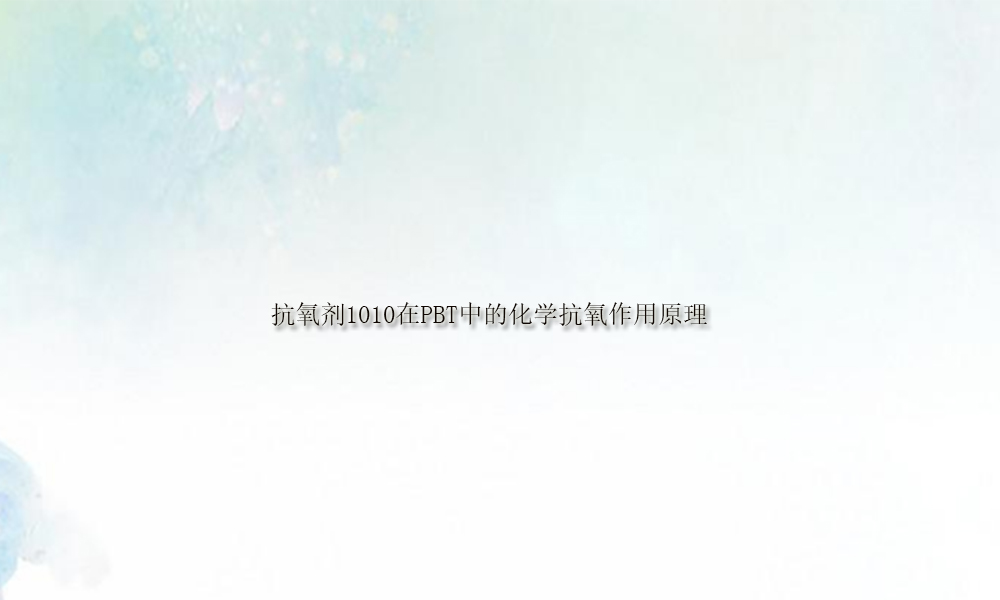
PBT (polybutylene terephthalate) belongs to the polyester series and is composed of 1.4-pbt butylene glycol (1.4-Butylene glycol) and paraphenylene glycol. Milky white translucent to opaque, crystalline thermoplastic polyester made from the polycondensation of dicarboxylic acid (PTA) or terephthalate (DMT) with the molecular formula (C8H8·C4H6·C3H3N)x and a mixing process. resin. Together with PET, they are collectively called thermoplastic polyester, or saturated polyester. PBT is one of the toughest engineering thermoplastic materials. It is a semi-crystalline material with very good chemical stability, mechanical strength, electrical insulation properties and thermal stability.
It is understood that Antioxidant 1010 is a phenolic antioxidant, which is in the form of white powder, odorless and tasteless. The melting point is 110℃-125℃ and its properties are stable. Easily soluble in solvents such as benzene, acetone and ester, insoluble in water and slightly soluble in ethanol. This product is pollution-free, has good heat and water resistance, and good compatibility. Used together with antioxidants AT-168, DLTDP, etc., it can exert a synergistic effect and improve the oxidation effect. It is widely used in polyethylene, polypropylene, polyformaldehyde, ABS resin, PS resin, PVC, engineering plastics, rubber and petroleum products. It has excellent antioxidant properties for polypropylene and polyethylene. It can effectively extend the service life of products. Also used to prevent thermal and oxidative aging of greases and coatings.
The principle of chemical antioxidant effect of antioxidant 1010 in PBT:
1. The phenol structure can easily capture free radicals in the polymer material system , at the same time, the tert-butyl group at the ortho position of 1010 phenol is an electron-donating group, which can activate the hydroxyl group of phenol and improve its free radical capturing ability.
2. Tert-butyl activates phenol and provides greater steric hindrance to the hydroxyl group on 1010 phenol, so only small free radical molecules can participate in the reaction, while other additive molecules are large and difficult to access. Without reaction, 1010 will not destroy other additives and render their original functions ineffective.
3. Antioxidant 1010 increases the ester functional group that is more compatible with PBT to achieve efficient compatibility.

 微信扫一扫打赏
微信扫一扫打赏

